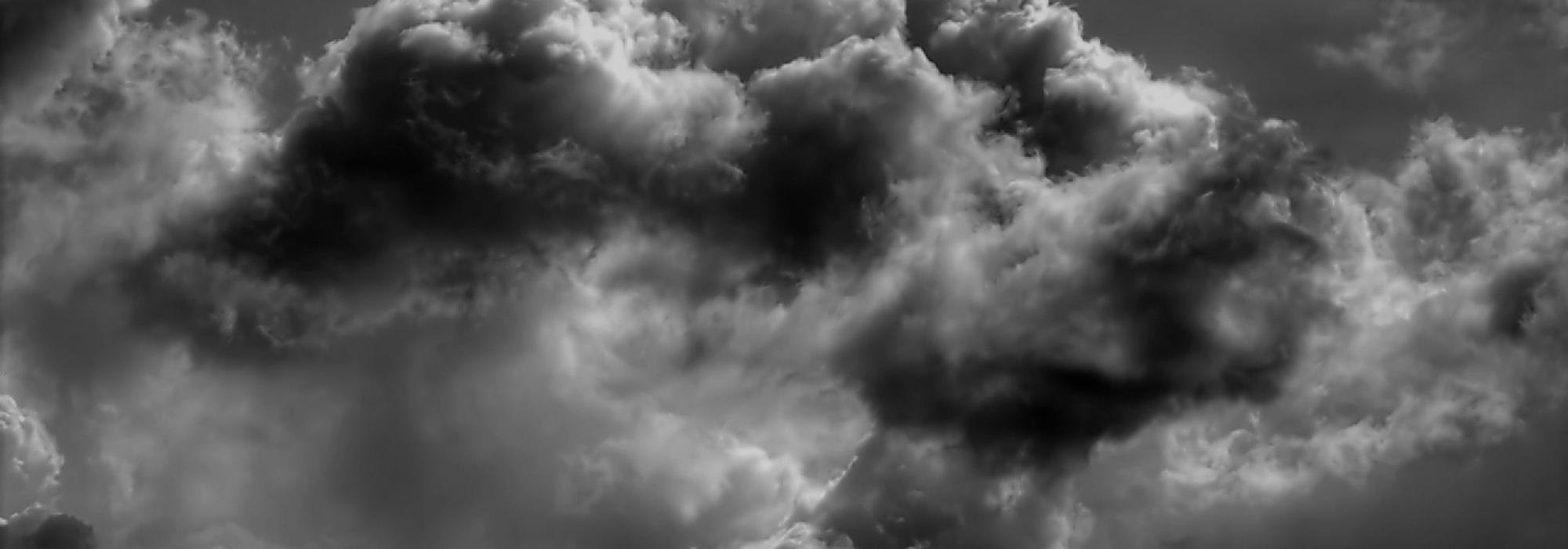When I was studying in the High School, Mr. Gopalakrishna Rao was one of the teachers. Though he did not teach me, I am grateful to him for certain reasons. As he was the warden of the hostel, we got to know each other quite closely.
I have heard that Gopalakrishna Rao taught Kannada to some Americans at the American Mission in Kolar. They had great regard for his words because of his deed. Gopalakrishna Rao somehow came to know about my feeble financial condition. There was often a delay in my payment of the hostel fees and it was perhaps because of this that he must have surmised my condition.
My Life with the Ink Pot
Once Gopalakrishna Rao called me, handed me a letter and asked me – “Could you translate this into Kannada?” I took the paper saying that I will try doing so. The (news)letter was published in English. The contents of the paper was some kind of a Christian preaching. It was originally a lecture delivered by the Bishop Thoburn of Lucknow. I translated the essay into Kannada and handed it over to Gopalakrishna Rao. After about four to five days, he called me, handed over a five rupees curreny note to me and said – “This is the honorarium for your Kannada translation.” I thanked him and said – “Please adjust this with the monthly fees that I need to pay for the hostel”. He was happy and said – “Let us do this every month, if possible.” This went on for about seven to eight months.
From then on my life with the ink pen started.
Gopalakrishna Rao had great affection (and regard) for me. He often visited the hostel rooms early in the morning. One day, he casually appreciated me before the other hostelers.Cintamani Subbayya and Cintamani Srinivasa Rao lived in rooms neighbouring mine. They were my dear friends as well. They also happened to be the witness for his words of appreciation for me. It was as follows: “You are all students of Matriculation and still you are in bed even at five in the morning! What do you study? Look at him (Gundappa). It appears that he studies all night. I have seen him so many times. The rest of you sleep at all times and it is only his room which is always lit up”.
My friends heard this and did not utter a single word. They stood with their heads hung low.
The next night, they remained awake and waited without going to bed. They were expecting the arrival of the warden. They brought him to my room. The lamp was burning and I was immersed in deep sleep. Looking at this, Gopalakrishna Rao exclaimed – “O, I did not know that this was the reality!” Thanks to their loud conversation and laughter, I was shaken awake from my sleep. I was suitably exposed and was embarrassed. What more did I need?
This is how my studies at the High School progressed.
Sleep Over-powers
In my childhood, I would slip into deep slumber the moment I took a book in my hand to study and that inspired my revered aunt to compose a Telugu poem (to ridicule me) –
ಪುಸ್ತಕಮು ಚೇತಕಿಸ್ತೆ
ತೂಕಡಿಂಚುನೇ
ಮುಚ್ಚೋರಲು ಮುಂದ್ರ ಪೆಟ್ತೆ
ಕಂಡ್ಲು ತೆರೆಚನೇ
ಚಕ್ಕಾನಿ ಪೆಂಡ್ಲಿಕೊಡಕಾ
ಕುಕ್ಕ ಮಂಗಳಂ (Telugu)
On the other hand, my grandmother was full of empathy looking at me with heavy eye-lids; my father was always angry. In his younger days, my father used to beat me up – this brought tears to my granny as I cried, getting beaten. The others in the house did not care much for this – they spoke at times on my behalf and at times sided with my father.
My grandmother thought of a plan to save me (from my father’s hands). There were about three to four people in our house every night for supper. Uppittu, Tappale rotti and Gojjina Avalakki were usually prepared for their sake (These dishes constitute phalāhāra). It was not difficult for my grandmother to think of a kind of snack that would act as an antidote for my sleepy eyes. (i.e., if my mouth were to be engaged in the business of eating pungent and salty dishes, my eyes would automatically get engaged in reading and thus, sleep would be avoided). My grandmother lit a lamp in the middle of the house around seven in the evening. (The lamp was usually lit with oil from the ‘honge’ tree – Avenue tree). I was to sit in front of the lamp. Some snack was to arrive before me in about five to six minutes after I sat down there. The theory behind this was – “If the teeth and lips are engaged, eyes will also remain active”. Similarly, “if the tongue comes in contact with something spicy and salty, eyes will remain alert as well”. My grand-father (and grand-uncles) laughed listening to my granny’s theory. “Let the experiment happen”, they would say.
This went on for about seven to eight days. Every day, the snack got consumed. My head only knew to slip into slumber.
To be continued...
This is the English translation of the twenty-fourth essay in D V Gundappa’s magnum-opus Jnapakachitrashaale (Volume 8) – Sankirna Smrutisamputa














































